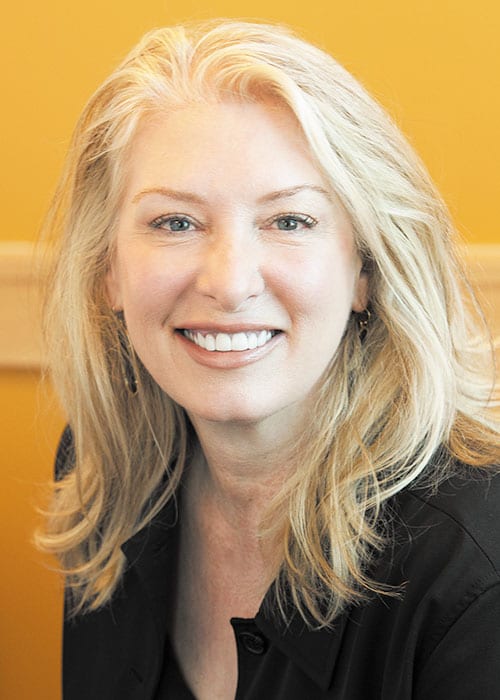30 million Americans have eating disorders and I am among them
JAMES RUSSELL | Contributing Writer
james.journo@gmail.com
I developed an eating disorder when I was 15 or 16. I was a stressed out high school student who went on a diet the summer of my freshman year of high school. I was actually a healthy weight at that time. People noticed. I had been at that point at my small private school since kindergarten. My fellow students noticed my dramatic weight loss. I even got a few compliments.
So I just kept losing weight after that, dropping to around 110 pounds at one point. I would work out every day for probably three hours and eat no- or low-fat foods for breakfast, lunch and dinner.
I was anorexic. The scientific term anorexia nervosa is defined as an eating disorder “characterized by weight loss; difficulties maintaining an appropriate body weight for height, age, and stature; and, in many individuals, distorted body image,” according to the National Eating Disorders Association.

Dr. Stephanie Setlif
I had one eating disorder. There are countless others, however, including binge eating and bulimia.
All sorts of factors lead to eating disorders, said Dr. Stephanie Setliff, medical director at the Eating Recovery Center Dallas, a national health care system devoted to treating eating disorders at all stages of illness.
From 50 to 80 percent of eating disorders are bio-genetically mediated. There are plenty of commonalities among people with eating disorders. Among the factors is our shared experience of simply growing up.
“Puberty is a huge trigger. Your body is growing and changing. Those dramatic changes come with their own issues.
You’re struggling so much anyway,” Setliff said. People prone to eating disorders also have a personality profile.
“You’re usually anxious, a people pleaser, perfectionist, smart,” Setliff said.
I was also not alone when dieting to the extreme.
“Diets are a common entry into eating disorders.” Setliff said. “Someone will start dieting and start exercising around four times a week then lose weight. People notice. The positive feedback — ‘you look so good!’— could trigger a person already at risk. They become anxious, adding more restrictions to their diets and exercise more.”
Many of my heterosexual classmates were suffering too. I did not think about these facts at the time.

Eating Recovery Center in Plano. (James Russell/Dallas Voice)
While eating disorders are most associated with straight, young, white females, heterosexual men struggle too.
“If you think about straight men, they deny problems. Even if something is wrong they don’t go to the emergency room,” Setliff said.
I clearly was not the only one needing, but not getting, help. Only 30 percent seek treatment because of stigma, misperceptions, lack of education, diagnosis and access to care.
Being a young man struggling with his sexual orientation did not help my situation, however. It’s no wonder studies show gay and bisexual men are 12 times more likely to report an eating disorder than their heterosexual peers.
“Think about it: you’re facing bullying, discrimination, fear or rejection. Of course [you] are afraid,” Setliff said.
Unfortunately, few conclusive studies connecting eating disorders to the larger LGBT community exist. NEDA suggests looking at eating disorders in our community within a broader cultural context of oppression.
Beginning as early as 12, gay, lesbian and bisexual teens may be at higher risk of binge eating and purging. But many studies are inconclusive. Yet other studies show few significant differences between heterosexual women and lesbians and bisexual women in the prevalence of any of the eating disorders. Lesbian, gay and bisexual African Americans and Hispanics are just as susceptible to eating disorders, too, given extra stressors they face.
Research is conflicted about eating disorders among lesbians and bisexual women. Even worse, few comprehensive studies exist about eating disorders in the transgender community.
Eating disorders impact people regardless of their identity. But the lack of comprehensive information makes education difficult.
“When people bring up eating disorders, lots of education is needed. People feel like they are of choice, but they are mostly linked to genetics. Binge eating, for instance, is associated with a lack of will power,” Setliff said.
Yet you can recover and have a normal relationship with food, Setliff said. “But the condition lingers, and you maintain the core of the eating disorder. Stress or change could trigger it. Typically those prone to eating disorders have personalities that do not take changes or transitions well even if they are positive stressors. You can still be rigid about changing your mind and seeing the big picture. But the difference is if you say, ‘I have these thoughts. What do I do?’ as opposed to immediately reverting to binging or purging.”
As LGBT resources expand and younger generations report being more accepting of their LGBT peers, organizations catering to the LGBT community have an imperative to fight the stigma. A survey of local LGBT organizations shows no recent listings of programming related to eating disorders.
“We need to get into more places where LGBT people go,” Setliff said.

